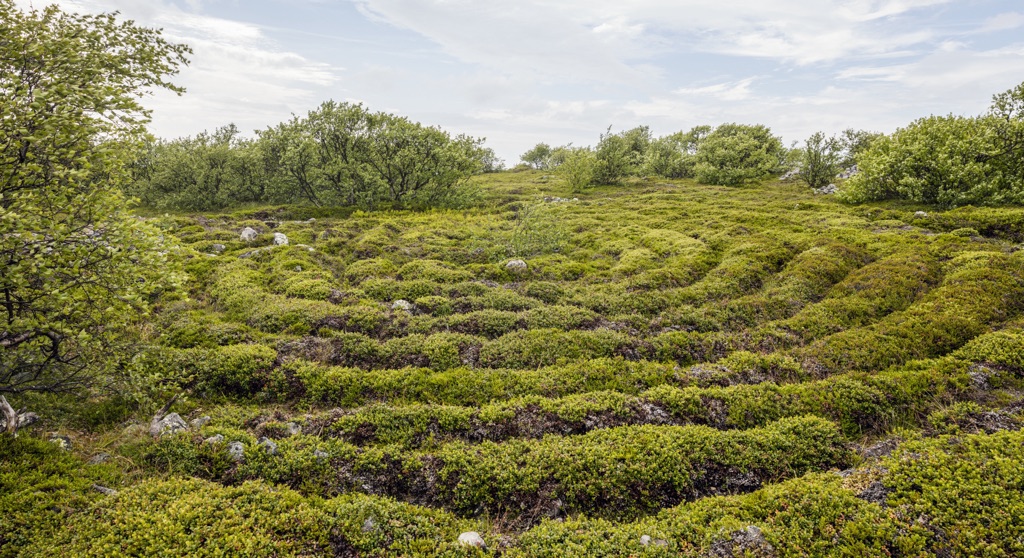The Stone labyrinths of Bolshoi Zayatsky Island are a mysterious and ancient phenomenon located in Russia. Found on one of the Solovetsky Islands in the White Sea, these stone formations date back to the Neolithic period. There are about 13 to 14 labyrinths on the island, with numerous stone heaps and other structures. The purpose and creators of these labyrinths remain a subject of speculation and research. They are often associated with the local Solovetsky Monastery, but their origins are much older than the monastery itself. The labyrinths are a significant archaeological and cultural landmark, drawing interest from historians, archaeologists, and tourists alike.
Saami People
The Saami people, also known as the Sámi or Sami, have inhabited the Arctic and sub-Arctic regions of Fennoscandia for over 2,000 years, with evidence suggesting their presence as far back as 2500 BC. This indigenous group is spread across four countries: Norway, Sweden, Finland, and Russia, in an area known as Sápmi. The Saami have a rich cultural heritage and a deep connection to the land, which is reflected in their traditional practices and way of life.
Historically, the Saami were primarily nomadic, relying on reindeer herding, fishing, and hunting for their subsistence. Their society was organized into siidas, or communities, which were essentially family groups that worked together to manage the land and resources. The Saami developed a unique system of governance that was based on consensus and mutual respect, rather than hierarchical structures of power. This system allowed them to efficiently manage their resources and navigate the challenges of their harsh environment.
Religion played a central role in Saami society, with a belief system that was deeply connected to the natural world. The Saami practiced a form of animism, believing that all elements of nature possessed a spirit, from the rocks and rivers to the animals they hunted. This spiritual connection to the land guided their daily lives and was reflected in their rituals, shamanistic practices, and the joik, a traditional form of song that is still performed today.
The arrival of Christianity in the Middle Ages marked a significant turning point for the Saami. Missionaries sought to convert the Saami, leading to the gradual erosion of their traditional beliefs and practices. Despite these pressures, the Saami managed to retain much of their cultural identity, blending Christian beliefs with their indigenous practices.
Throughout history, the Saami have faced numerous challenges, including colonization and the imposition of national borders, which disrupted their traditional nomadic lifestyle. In the 19th and 20th centuries, they were subject to policies of assimilation and cultural suppression, particularly in Norway and Sweden, where their language and customs were actively discouraged.
In recent decades, there has been a resurgence of interest in Saami culture and a push for greater recognition of their rights. The establishment of the Saami Parliaments in Norway, Sweden, and Finland during the late 20th and early 21st centuries has been a significant step forward, providing the Saami with a platform to advocate for their rights and interests.
Despite the absence of kings and queens in their societal structure, the Saami have demonstrated remarkable resilience and leadership through their community leaders and activists. Figures such as Elsa Laula Renberg and Nils-Aslak Valkeapää have played pivotal roles in the Saami rights movement, advocating for cultural preservation and autonomy.
Today, the Saami continue to celebrate their heritage while navigating the challenges of modernity. Efforts to revitalize the Saami languages and traditions are ongoing, as is the struggle for land rights and the protection of their way of life. The Saami stand as a testament to the enduring spirit of indigenous peoples and their ability to adapt and survive in the face of adversity.

